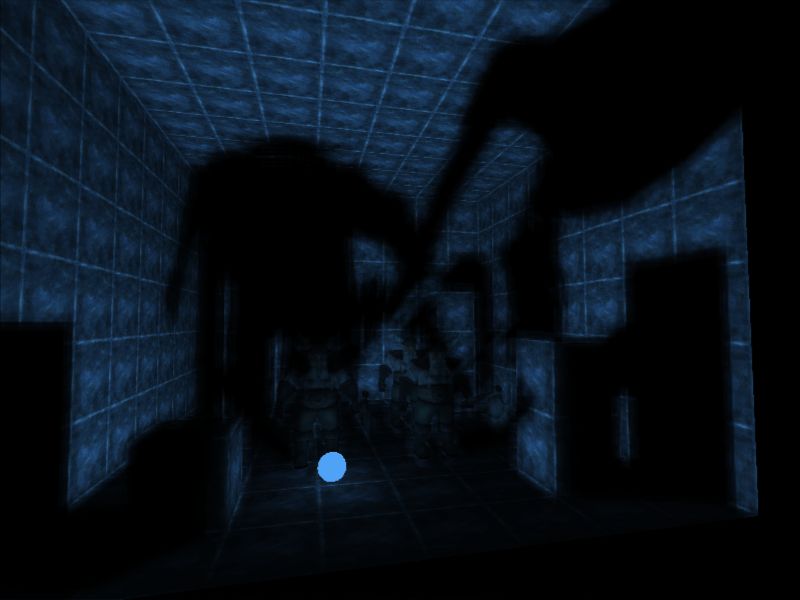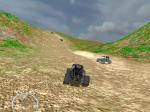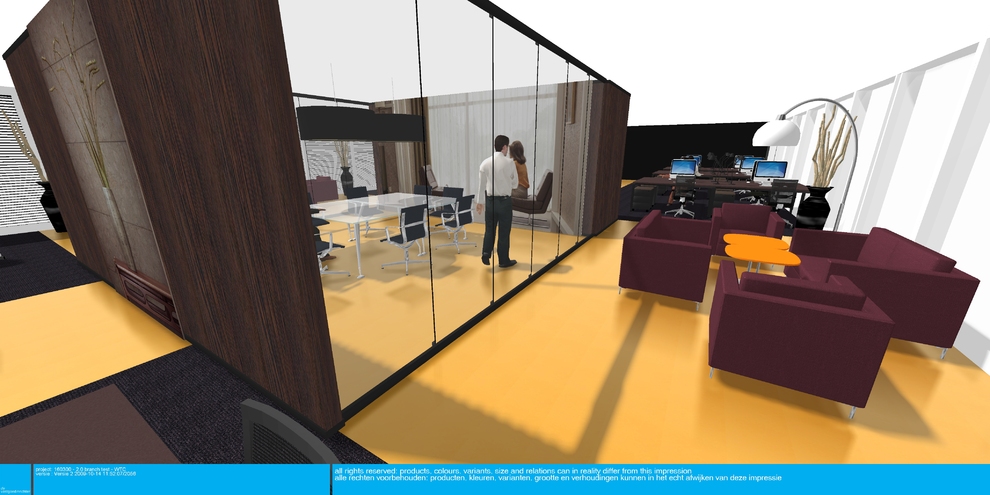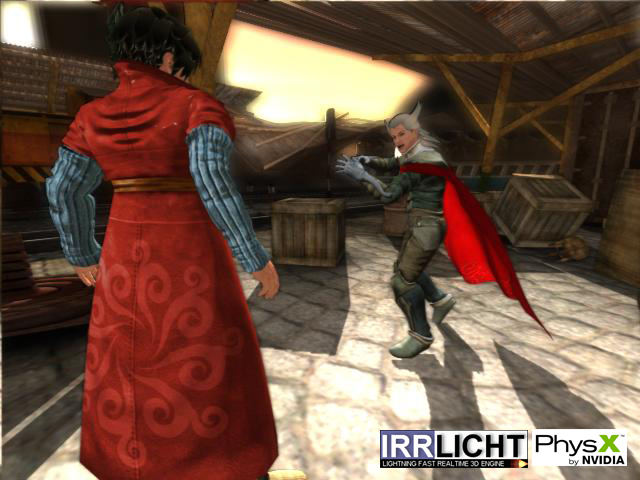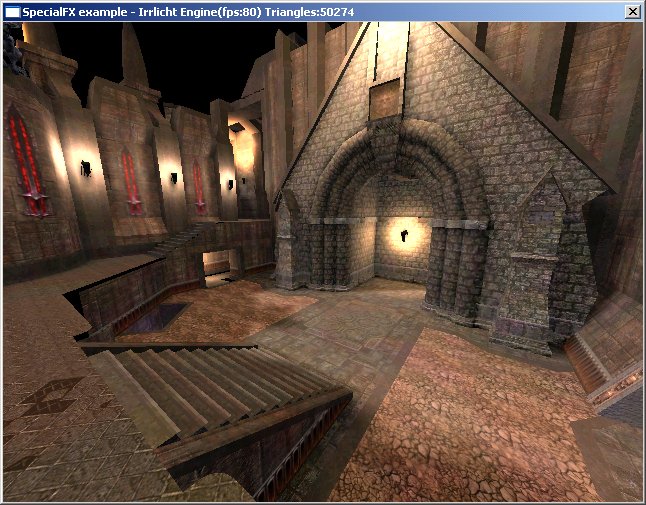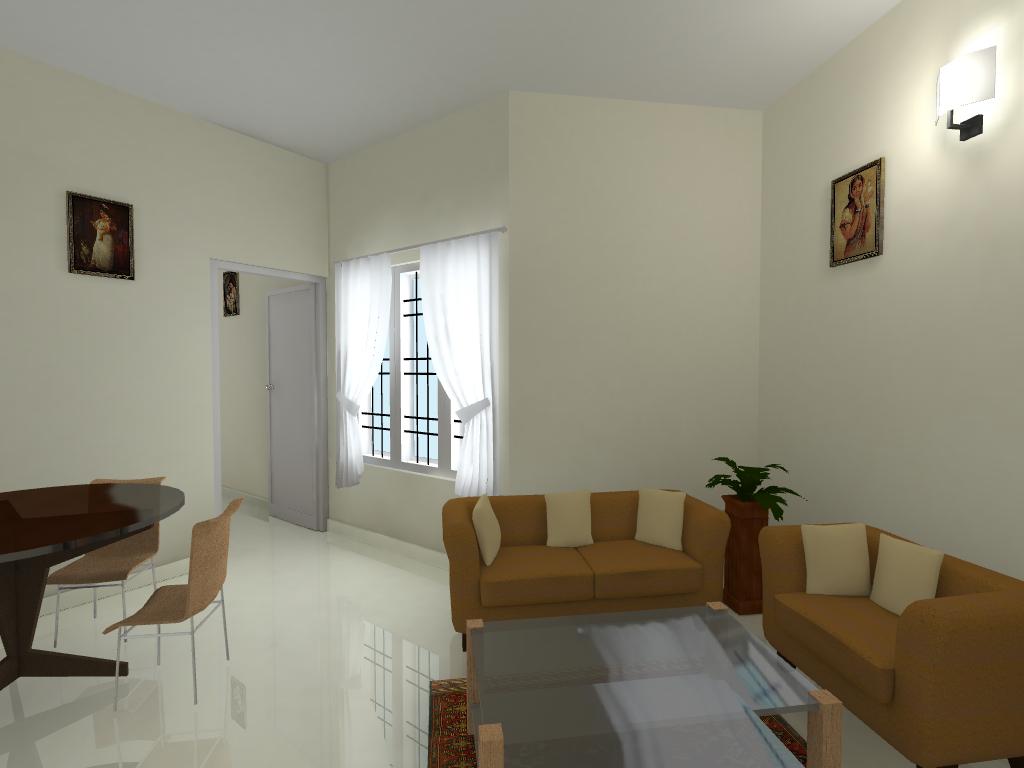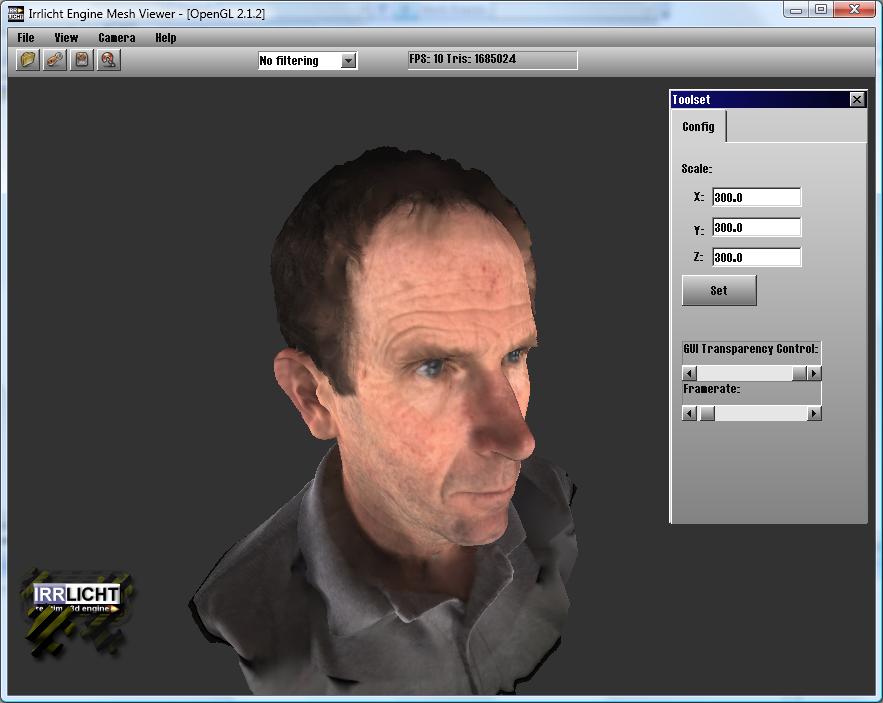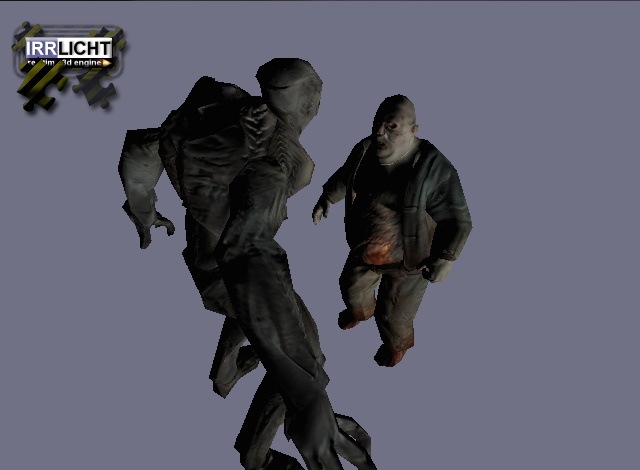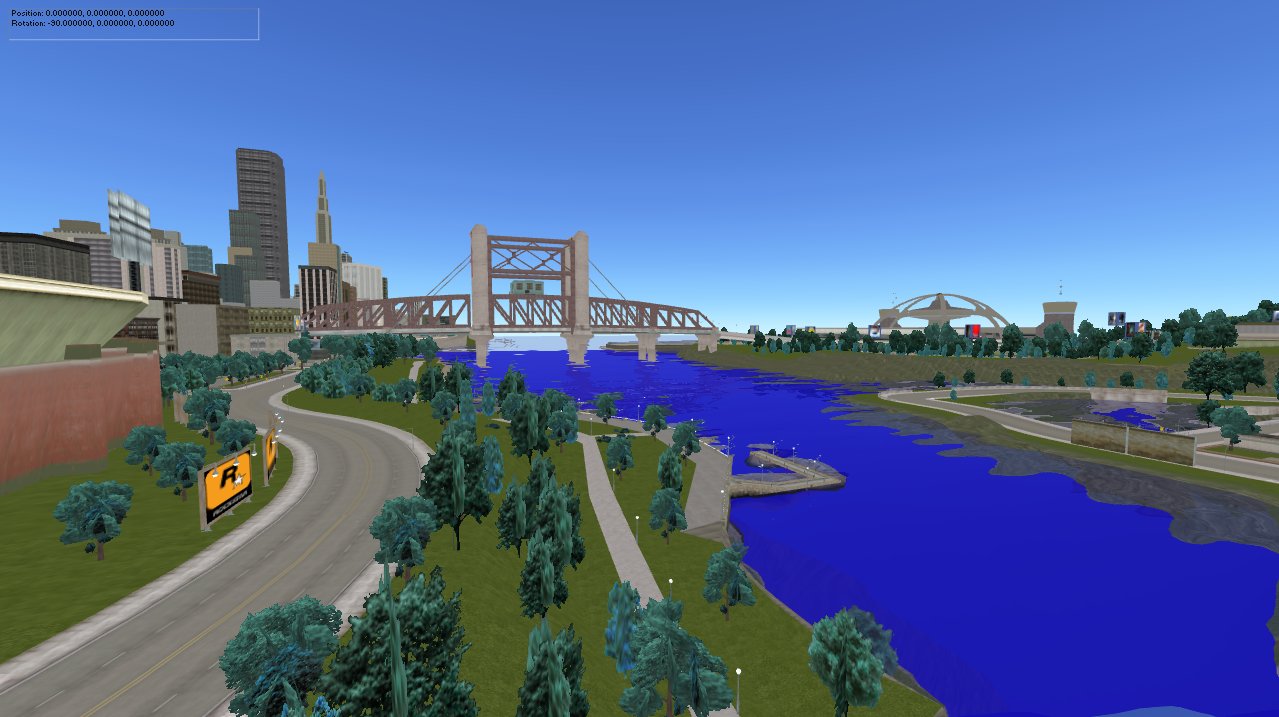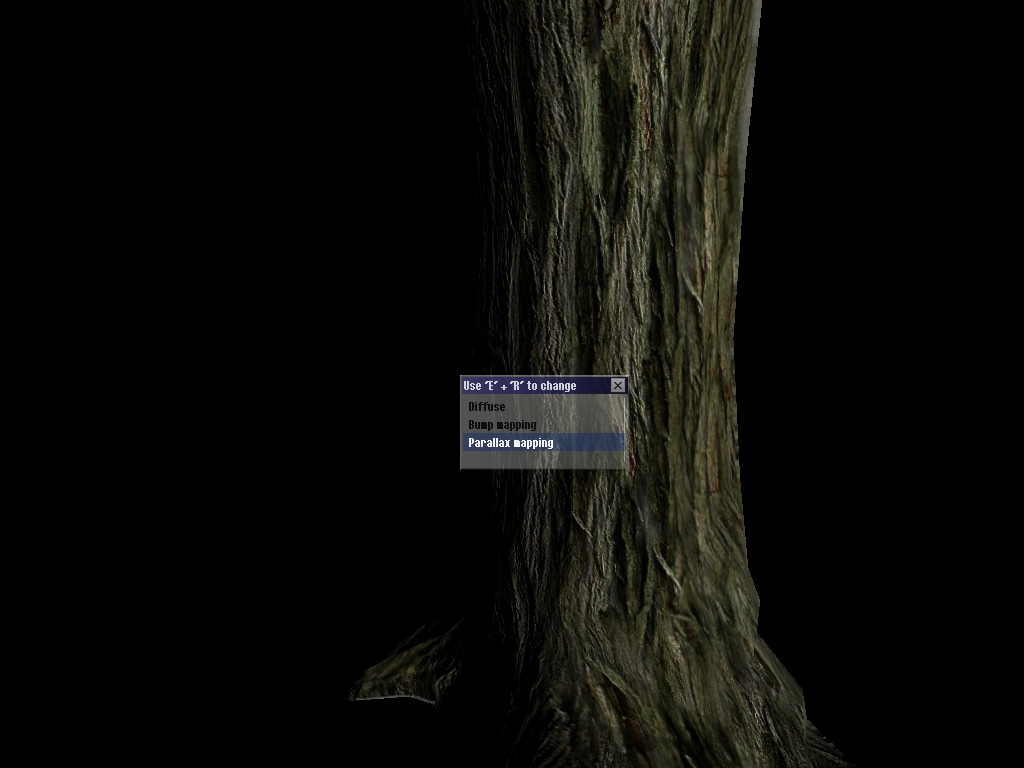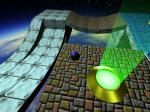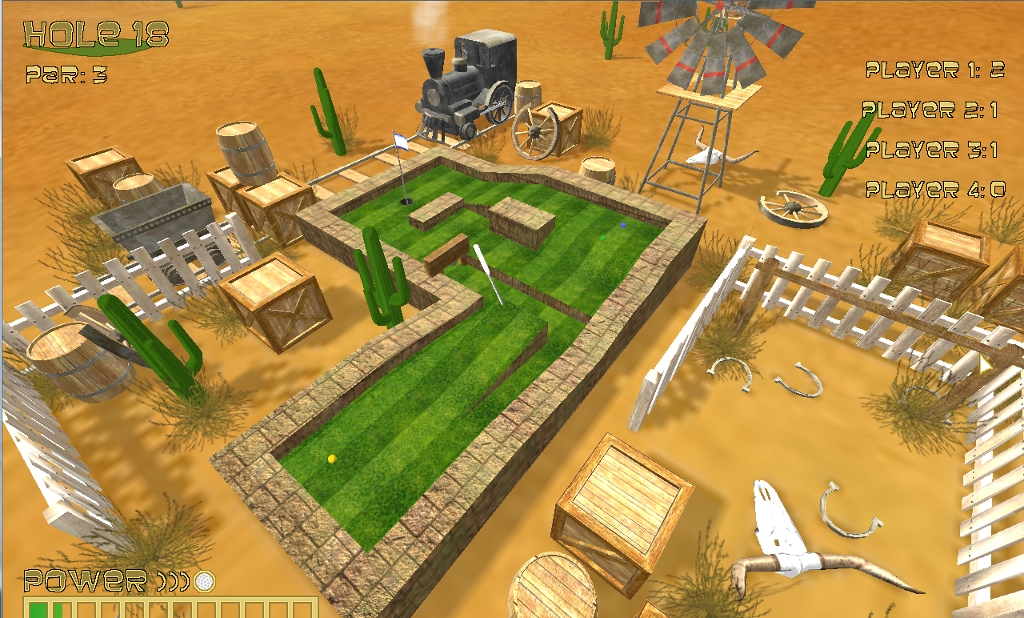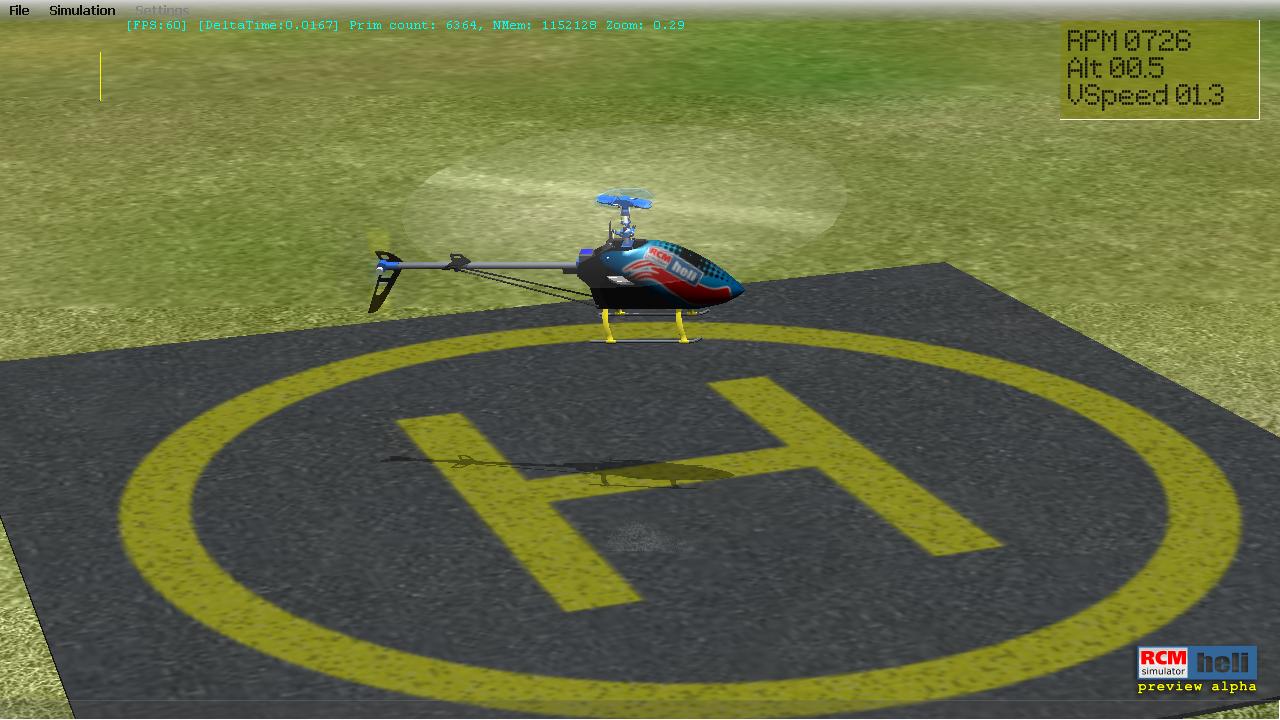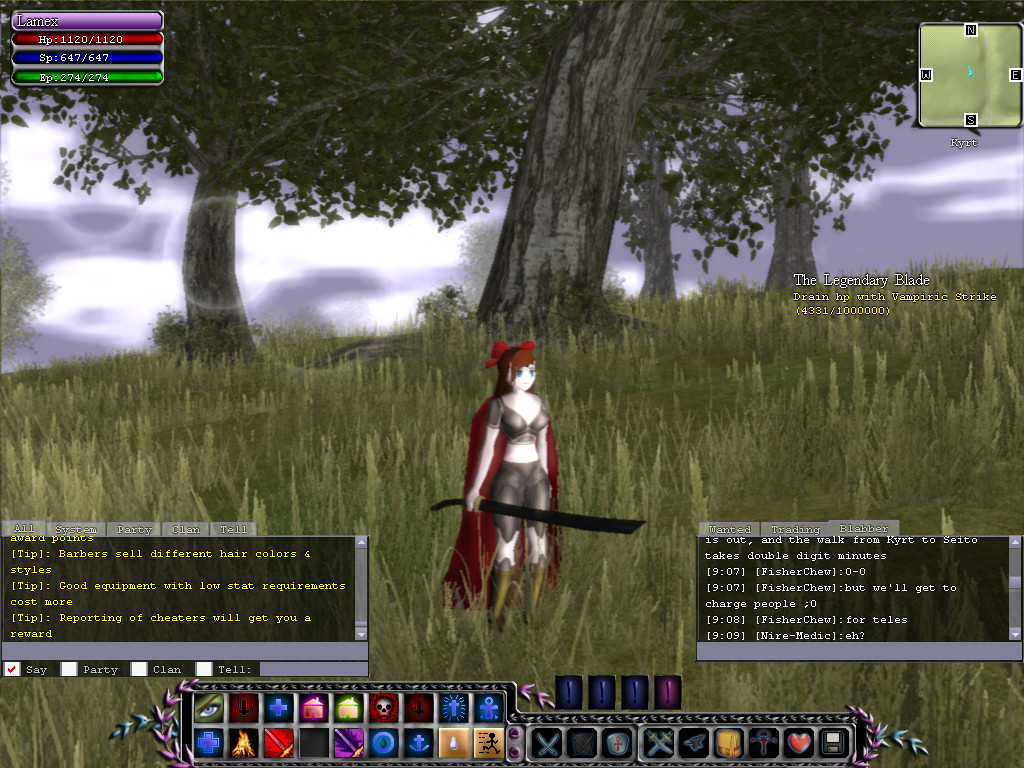
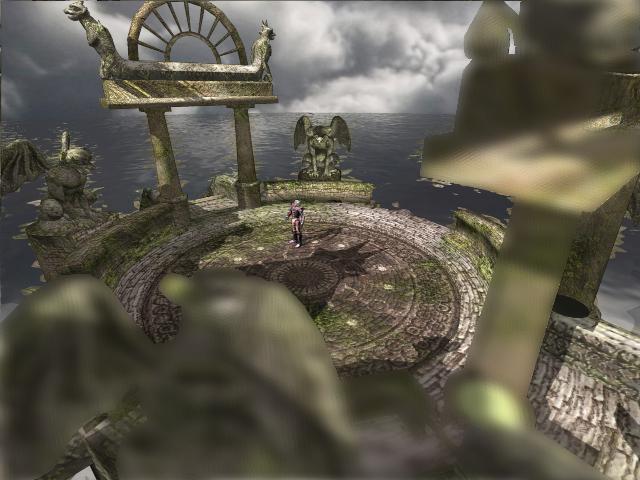
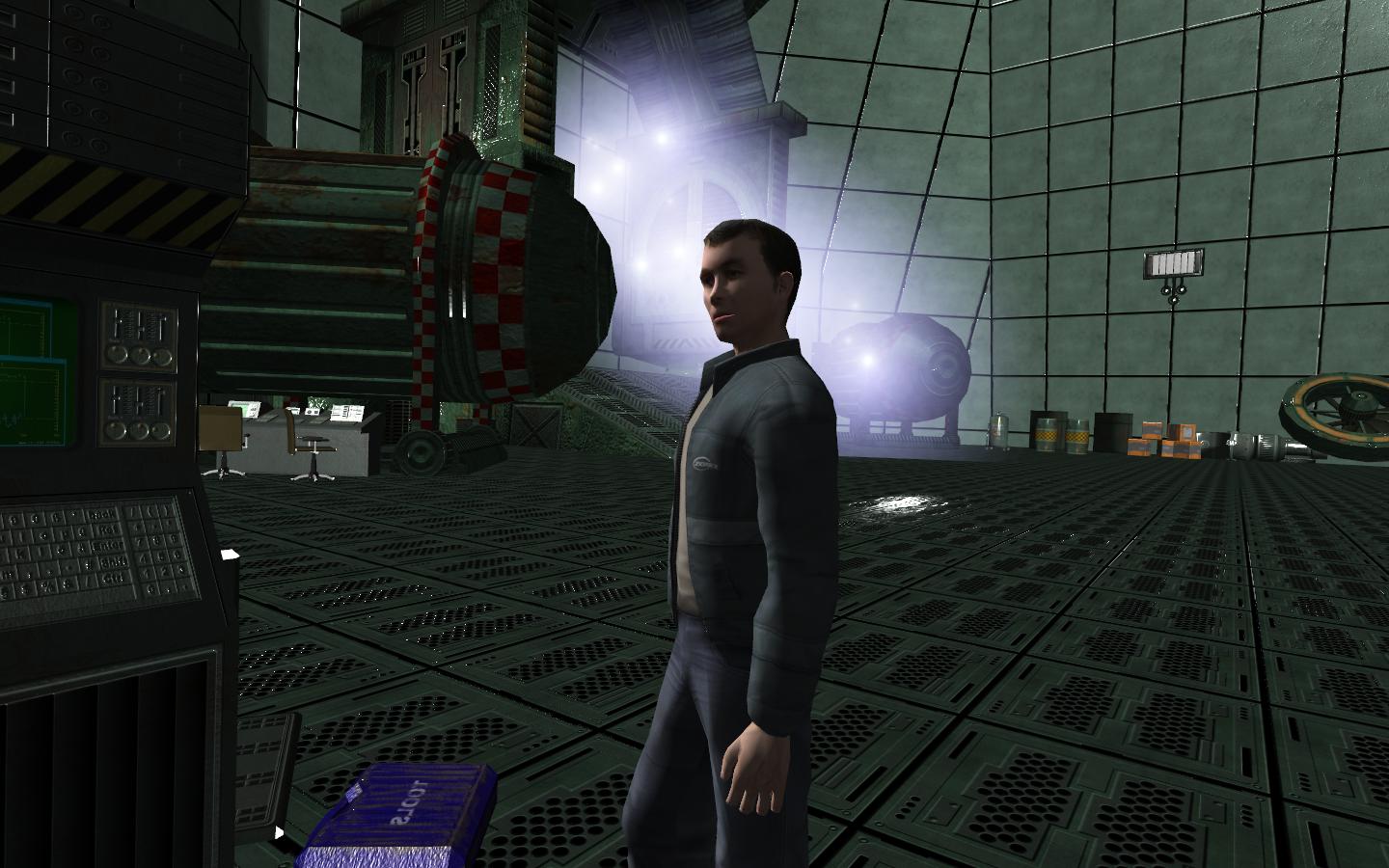
 |
Its main features are:
- High performance realtime 3D rendering using Direct3D and OpenGL [more]
- Platform independent. Runs on Windows, Linux, OSX. Further platforms are in development and already used in projects.[more]
- Huge built-in and extensible material library with vertex, pixel, and geometry shader support [more].
- Seamless indoor and outdoor mixing through highly customizeable scene management. [more]
- Character animation system with skeletal and morph target animation. [more]
- Particle effects, billboards, light maps, environment mapping, stencil buffer shadows, and lots of other special effects. [more]
- Several language bindings which make the engine available to other languages such as C#, VisualBasic, Delphi, Java …
- Two platform and driver independent fast software renderers included. They have different properties (speed vs. quality) and feature everything needed: perspective correct texture mapping, bilinear filtering, sub pixel correctness, z-buffer, gouraud shading, alpha-blending and transparency, fast 2D drawing, and more.
- Powerful, customizeable, and easy to use 2D GUI System with Buttons, Lists, Edit boxes, …
- 2D drawing functions like alpha blending, color key based blitting, font drawing, and mixing 3D with 2D graphics.
- Clean, easy to understand, and well documented API with lots of examples and tutorials.
- Written in pure C++ and totally object oriented.
- Direct import of common mesh file formats: Maya (.obj), 3DStudio (.3ds), COLLADA (.dae), Blitz3D (.b3d), Milkshape (.ms3d), Quake 3 levels (.bsp), Quake2 models (.md2), Microsoft DirectX (.X)… [more]
- Direct import of Textures: Windows Bitmap (.bmp), Portable Network Graphics (.png), Adobe Photoshop (.psd), JPEG File Interchange Format (.jpg), Truevision Targa (.tga), ZSoft Painbrush (.pcx)… [more]
- Fast and easy collision detection and response.
- Optimized fast 3D math and container template libraries.
- Directly reading from (compressed) archives. (.zip, .pak, .pk3, .npk)
- Integrated fast XML parser.
- Unicode support for easy localisation.
- Works with Microsoft VisualStudio, Metrowerks Codewarrior, Bloodshed Dev-C++, Code::Blocks, XCode, and gcc 3.x-4.x.
- The engine is open source and totally free. You can debug it, fix bugs and even change things you do not like. And you do not have to publish your changes: The engine is licensed under the zlib licence, not the GPL or the LGPL.
|












